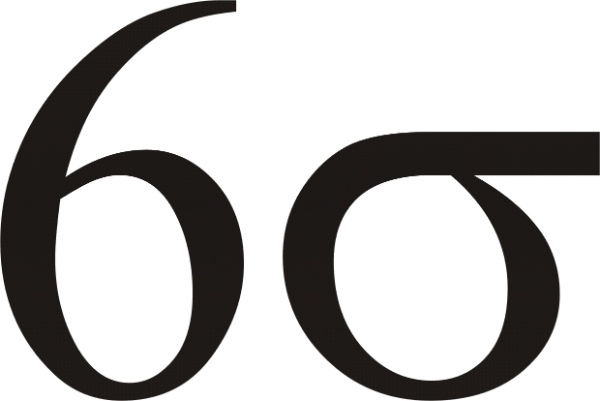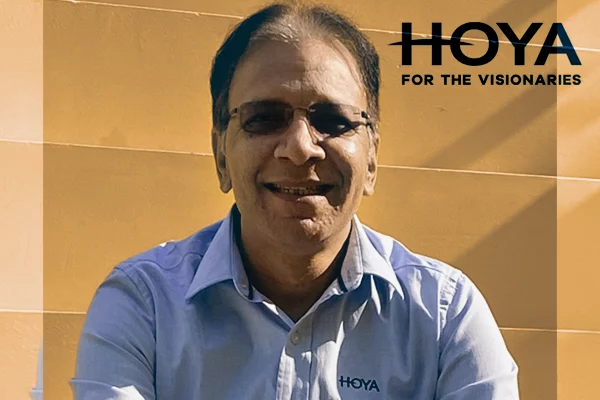Six Sigma has been a harbinger of change for business globally. Having first being implemented by Motorola in 1986, this management tool helps in identifying process errors and reducing them drastically

While increasing profits is the mantra of all businesses, entrepreneurs have realised that this sweetness can only be achieved if various other parameters are controlled and overseen. In the last few decades, a new tribe of management gurus have emerged whose constant endeavours have spawned a variety of management techniques that ensure increased efficiency in processes and people and thereby higher profits. Kaizen, Total Quality Management, 5S, JIT, Poka-Yoke, Kanban, Six Sigma are all strategy devised and action planned management tools that have been firmly ingrained in the corporate dictionary.
In our continuing series of Management Matters, we explore effective management techniques that are being practised worldwide and examine their possibilities of being incorporated in the optical industry. In this issue, we deal with one of the most powerful management tools of the last thirty years – Six Sigma – a prestigious certification that states that an organisation makes only 3.4 mistakes in a million.
Six Sigma first made its appearance in management board rooms in 1986 when Motorola chief honchos decided to make its implementation integral to the business. After Motorola, General Electricals started applying the Six Sigma methodology and soon others followed.
What Is Six Sigma?
Six Sigma is a set of rules and techniques that identifies errors in the manufacturing process and proceeds to weed them out. Thus, it helps create new manufacturing rules that would produce lesser variations in the processes and ensure uniformity of quality. Six Sigma operates using structured methodology. The choices that it makes in process changes are empirical – meaning broad based, statistical and involves figures in an integrated manner, thereby making accountability mandatory.
The Six Sigma process is overseen by trained Six Sigma experts and guided much like a regimented military rota. A team of Champions, Black Belts, Green Belts and Yellow Belts are created within the ranks to facilitate the process.
Interestingly, the name ‘Six Sigma’ has been taken from the manufacturing process itself. ‘Sigma’ is a rating given in the manufacturing process to the maturity of its functioning. A Six Sigma rating means that the process is 99.999 per cent free of all defects. Or 3.4 errors in a million.
A typical Six Sigma project would take 4 months to 1 year to be completed. A Black Belt would lead the team as a Six Sigma Technical Resource and the project would be data driven, with the objective of achieving an important business goal by the team working on the project.
The Methodology Of Six Sigma
Predictable results and setting standards so that processes and their progress can be measured, analysed, controlled and improved are the key aspects of Six Sigma. And, like in all smooth operations of management techniques, a rock solid commitment from the top management to see the process through and ensure its smooth functioning. Actually, the level of sigma is to be decided by the management and applicable to some of its processes, the choice and selection of which again is decided by the bosses. There have been two methods devised by the Six Sigma pundits to facilitate its working. One is for existing processes and is called the DMAIC, while the other is for new and improved processes and is called DMADV. Both are immensely effective in the implementation of Six Sigma.


DMAIC: Weeding out existing problems
The DMAIC process in Six Sigma is mainly for manufacturing processes that are already underway.
Essentially, there are five phases that operate in this system. Defining (D), Measuring (M), Analysing (A), Improving (I) and Controlling (C).
DMADV: Looking at Alternatives
DMADV is the application of Six Sigma to new processes. This is the other way of working out Six Sigma in an organisation. Known more as the DFSS or Design For Six Sigma, the method has five steps. Defining (D), Measuring (M), Analysing (A), Designing (D) and Verifying (V).
How Six Sigma Can Be Used In Retail
The retail business is completely hinged and dependent on consumer satisfaction. Six Sigma programmes teach business leaders how to successfully handle customer satisfaction, production, and other management aspects for success. This quality assurance programme will make retailers understand customer needs and will devise a foolproof plan in attending those needs. Data and documentation is critical in a Six Sigma process. It is equally critical in retail business. Accurate documentation leads to correct and detailed analysis. This will further lead to effective damage control and also maintain consistency of quality control of goods and services.
Eliminating wastes and streamlining processes is an integral part of the retail environment and Six Sigma trains business leaders to achieve that.
Six Sigma stresses on employee commitment and factors it into its programme. Thorough product knowledge is a given for flawless service and this is enforced in the programmes and runs through the consumer market. Six Sigma courses are available in various colleges and institutions across the world. Courses are also conducted online and certification also awarded.
Six Sigma Personnel Pyramid
For Six Sigma to be executed well, the structure of its personnel is vital.
The Six Sigma support structure works like this. Champions or business leaders who lead the Six Sigma process. Process Owners and sponsors responsible for process implementation. Master Black Belts are fully trained quality leaders responsible for Six Sigma strategy, training, mentoring, deployment and results. Black Belts, the fully trained Six Sigma experts who lead improvement teams and mentor Green Belts. Green Belts are fully trained Six Sigma individuals who apply the principles in improvement teams. Yellow Belts are those who work as support staff for the projects.
So, in the operational level, you have Green Belts and Yellow Belts. In the tactical or planning level you have stakeholders, team members, Black Belts and Champions in the ascending order, and topping the pyramid we have the strategic level with the Master Black Belts, and upping them, the Executive Steering Committee.
Both Six Sigma processes are executed by Six Sigma Green Belts and Six Sigma Black Belts and are overseen by Six Sigma Master Black Belts.
Conclusion
Six Sigma works best in huge manufacturing organisations as the whole process of making it operational is expensive, though it does fetch good value for money spent. Having said that, it is a proven fact that Six Sigma is an enabler of change and changes the way organisations work and think. It is a comprehensive and flexible system for achieving, sustaining and maximising business success.










